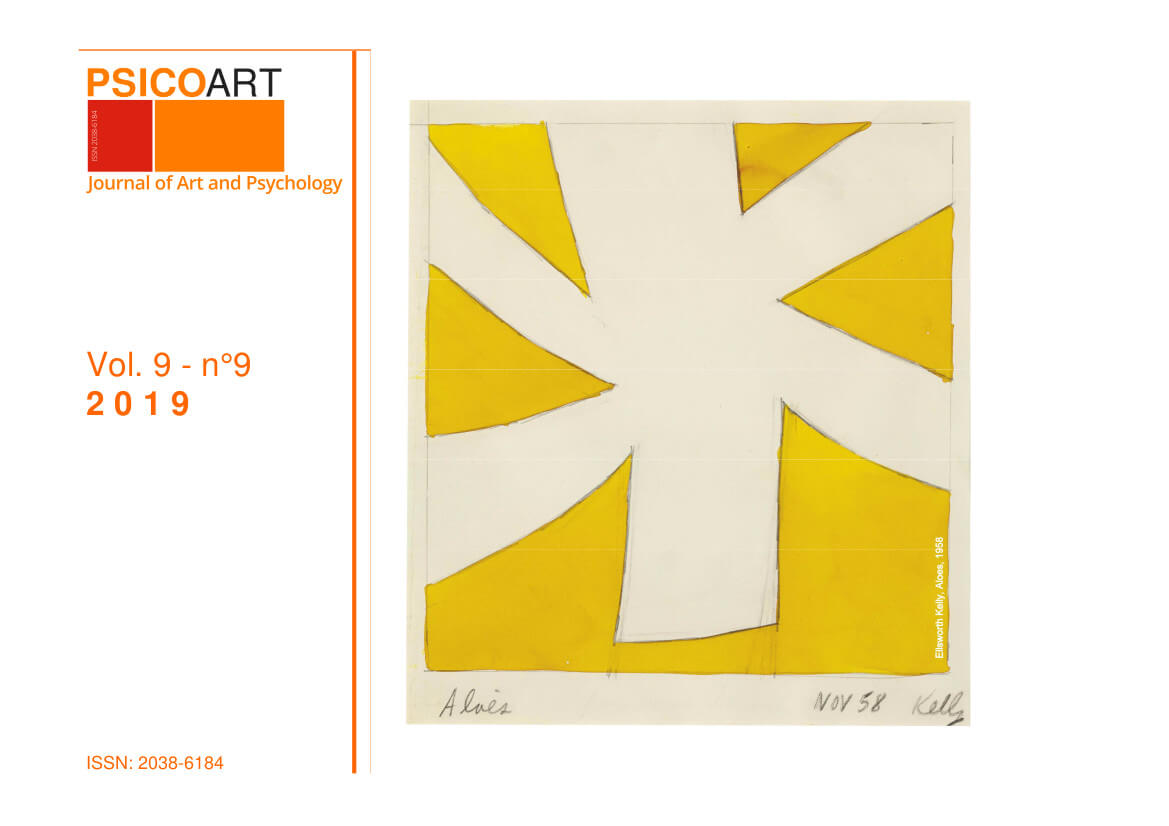Psychasthenia and privatopia in three urban disaster stories by James G. Ballard
DOI:
https://doi.org/10.6092/issn.2038-6184/10118Keywords:
James G. Ballard, psychasthenia, privatopia, Roger Callois, mimetismAbstract
In Concrete Island, High-rise and The ultimate city, J. G. Ballard puts in narrative form that nervous pathology called psychasthenia by the philosopher Roger Caillois in the 1930s. This abnormal state is an extremization of a defense mechanism activated by those who cannot react to environmental stimuli. This concept, different from that one used in psychiatry, was resumed at the end of the twentieth century by sociologists and scholars of urban contexts in the sense that Caillois used.
The aim of this work is to show how the transition from the utopia of the regular urbanization of the peripheries (privatopia) of the first half of the twentieth century to the dystopia of the psychasthenic urban contexts of the second half described by Ballard, provoke a push for mimicry in Ballard's protagonists as defined from Caillois. Characters and environments included in the stories analyzed need to defend each other and not to open up, instead used to be in utopian project. This action produces a progressive cancellation of the environmental and mental order once desired.
Downloads
Published
How to Cite
Issue
Section
License
Copyright (c) 2019 Riccardo Gramantieri
Copyrights and publishing rights of all the texts on this journal belong to the respective authors without restrictions.
This journal is licensed under a Creative Commons Attribution 4.0 International License (full legal code).
See also our Open Access Policy.





